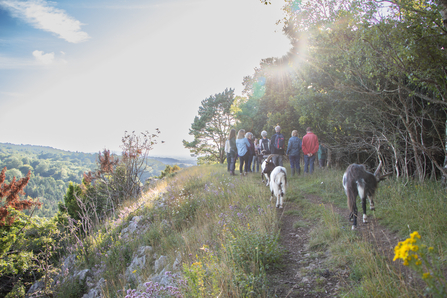Avon Wildlife Trust has responded to the North Somerset Additional Sites Consultation.
While we don’t currently have the resources to review and respond to every planning application, Avon Wildlife Trust prioritises those that will affect designated sites.
We also provide resources to support individuals and groups who are concerned about developments in their local communities.
The UK Government’s mandatory housing requirement for North Somerset significantly increases existing development pressures, and we’re concerned about the impact on vulnerable species and designated sites.
This threatens the integrity and connectivity of designated sites, across this area and beyond, that are critically important for local biodiversity.
Many of the proposed sites for development are connected to the North Somerset Levels and Moors, an area that contains numerous sites designated for their ecological importance. This is also one of the largest areas of coastal and floodplain grazing marsh in England, leading to the internationally important Severn Estuary.
At a time of ecological and climate emergency, Avon Wildlife Trust’s priorities are to maintain and improve recognised nature-rich places and to strengthen the networks between these sites to help nature recover.
These special places also bring many benefits for local communities to spend time in green spaces and to promote wellbeing.
It is also imperative that areas around sensitive and ecologically important sites – buffer or impact risk zones - are protected.


